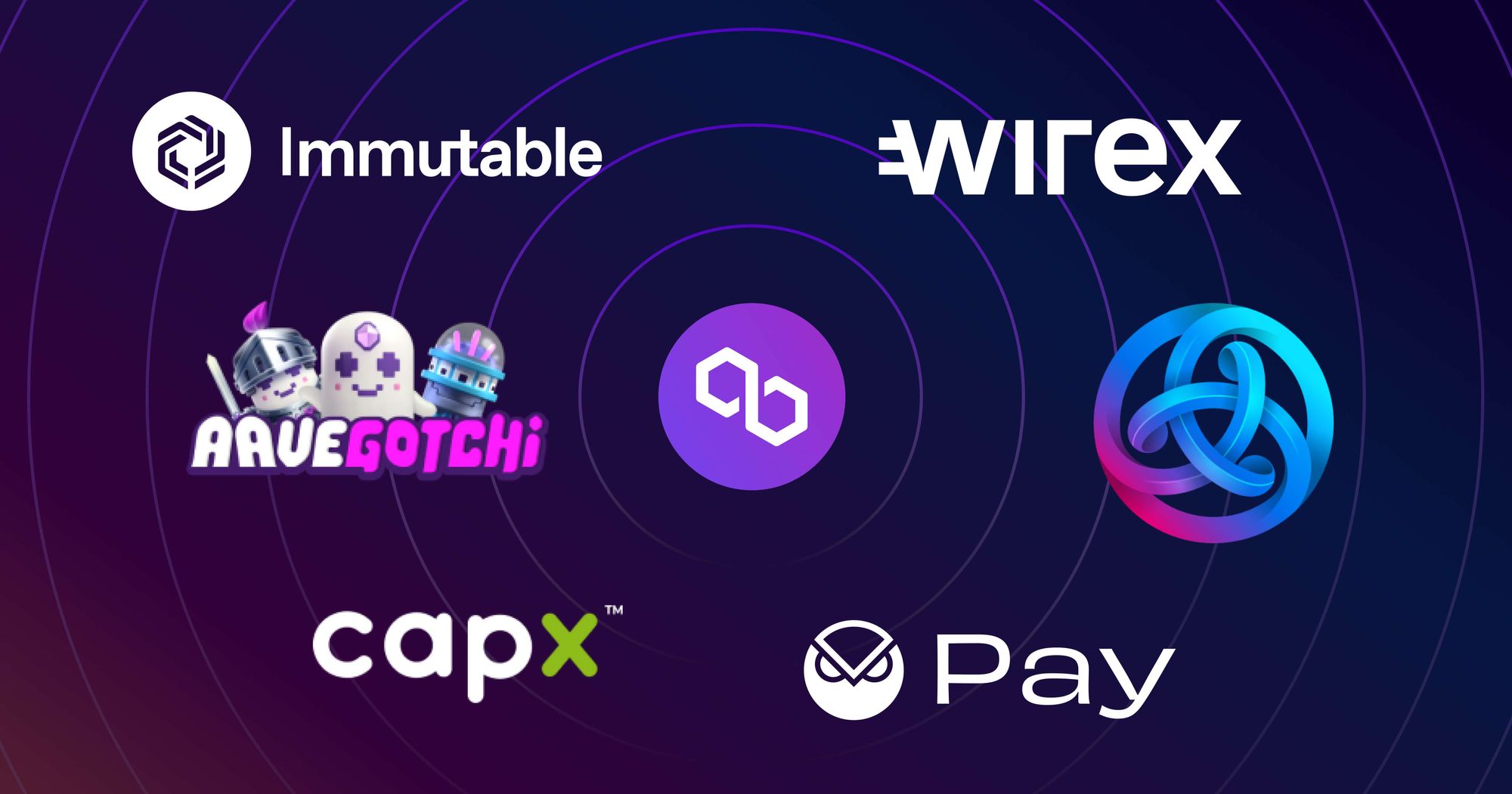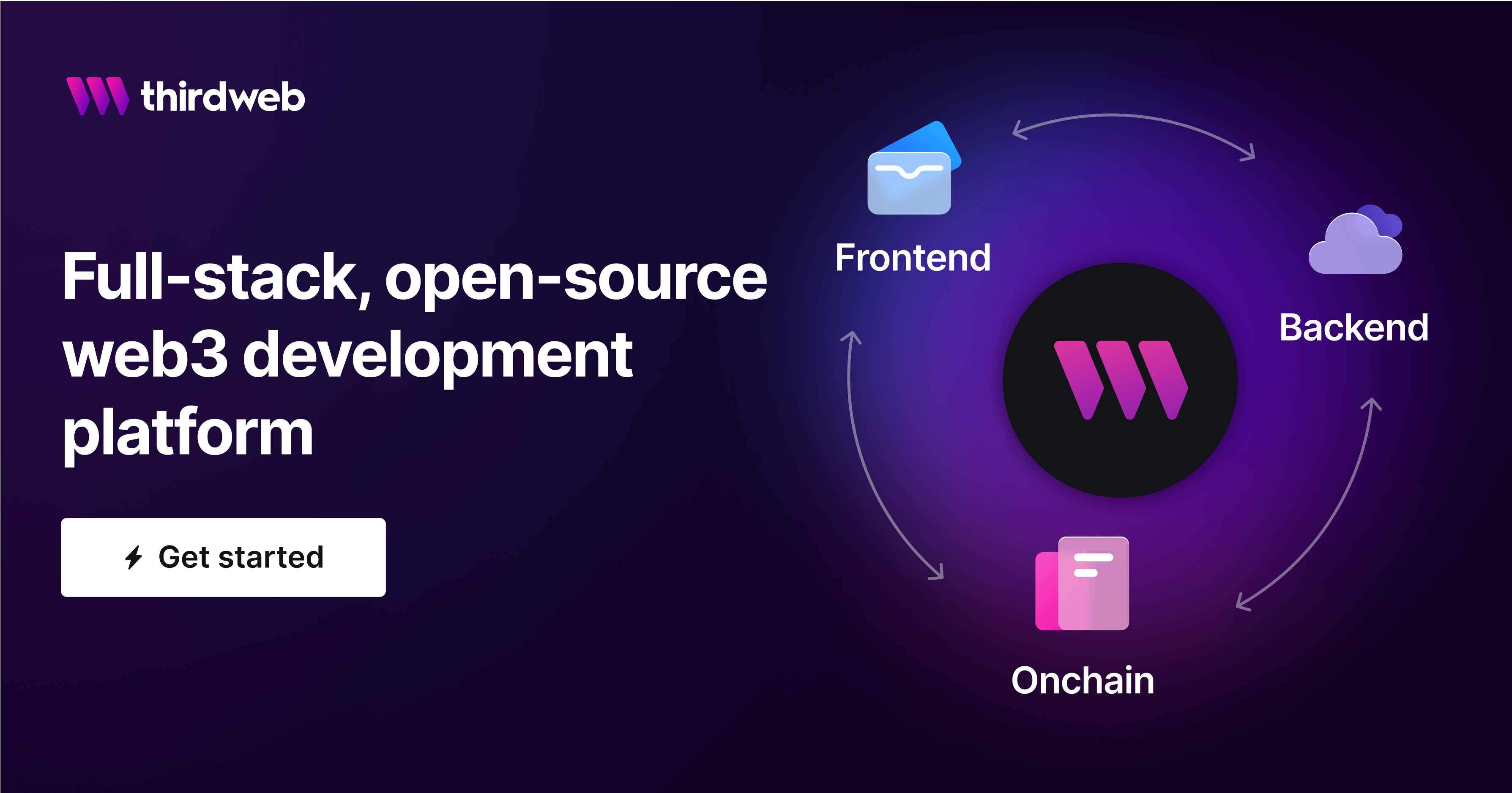What is the Polygon CDK? The 5-Minute Explainer
Polygon CDK is a framework to build a network of modular, ZK-powered blockchains. Learn more.

Ethereum’s struggle with scalability is well-known — and despite everything that the blockchain enables, its lack of scalability hinders the adoption of blockchain.
To solve this, many projects are racing to scale Ethereum. And Polygon is a key contender in this race. It encompasses characteristics of both a Layer 2 scaling solution and a sidechain.
It is a Layer 2 solution in the sense that it helps alleviate the load on the Ethereum network by processing transactions off-chain. At the same time, it operates as a sidechain by maintaining a separate blockchain network that is interoperable with Ethereum.
Now, furthering the scaling initiative, Polygon is introducing its Chain Development Kit (CDK).
This framework allows for quick deployment of zero-knowledge (ZK) powered Layer 2 blockchains on Ethereum. It gives developers the tools to create customized and scalable solutions while ensuring effective interconnectivity.
But what is Polygon CDK? And how can it scale Ethereum?
In this article, we will explain what Polygon CDK is, how it works, live Polygon CDK projects, and how to build on it.
What is Polygon CDK?
Polygon CDK is an open-source framework designed for developers to build and deploy ZK-powered Layer 2 blockchains on Ethereum. It also helps in transitioning existing L1 chains into Ethereum L2s. Its true lies in the fact that it ensures interconnectivity between all blockchains built using the CDK.
Polygon CDK leverages zero-knowledge proofs to condense transactions and enhance scalability. It also prioritizes modularity and facilitates the design of application-specific chains with flexibility. This gives developers the power to choose virtual machines, sequencer types, gas tokens, and data availability solutions.
Ultimately, Polygon's ambition is to make transacting value as intuitive as sharing information online.
Advantages of Polygon CDK
High modularity
The Polygon CDK allows developers to tailor their L2 chains to specific requirements. It caters to the distinct needs of various apps, ensuring each app maximizes its blockchain efficacy.
Enhanced scalability
Polygon CDK chains act as individual L2s, thereby alleviating Ethereum congestion while improving throughput. Batch processing using ZKPs further eases the validation load on each blockchain. Also, developers can customize their blockchain’s scalability approaches without burdening Ethereum.
Unified liquidity
Polygon CDK champions unified liquidity as it ensures seamless and fluid asset transfers across various chains within the ecosystem.
This bolsters both Polygon’s and Ethereum’s digital economy.
Robust data availability
Chains built using CDK will have a dedicated Data Availability Committee (DAC), which guarantees reliable off-chain data access. This structure improves data integrity and resilience.
Composable interoperability
Polygon’s LXLY bridge ensures that CDK-based chains interact seamlessly with each other. This interoperability promotes cross-chain collaboration furthering the scope, utility, and functionality of the entire blockchain ecosystem.
How does Polygon CDK work?
Now that you understand the basics of Polygon CDK, let’s dive deeper into its three primary components: Validium, DACs, and the LXLY Bridge.
Validium
The CDK enables developers to opt for a Validium framework. This processes the transactions off of the main Ethereum network and publishes them using ZK-based validity proofs.
While off-chain processing of transactions enhances transaction speed and efficiency, the validity proofs ensure their data integrity.
Data Availability Committee (DAC)
DAC is a secure consortium of nodes within the CDK whose primary role is to ensure users and developers can consistently access their assets and data, even in scenarios where L2 operators might be offline.
They assure consistent off-chain data accessibility, bolstering the reliability of the chains and ensuring smooth operations.
LXLY bridge
The LXLY Bridge facilitates interoperability within the Polygon CDK ecosystem. It enables seamless interaction and asset exchange across various blockchains.
The cross-chain collaboration and interaction made possible by the bridge ensures a unified and consistent ecosystem despite individualized choices in design and operation.
What are some examples of projects built on Polygon CDK?
1. Canto
Canto was an L1 network on Cosmos. Recently, it migrated into an Ethereum L2 using Polygon CDK to hyper-focus on building neofinance for the on-chain adoption of real-world assets.
They claim neofinance to be the on-chain “protocolization” of traditional finance. This needs unified and deep liquidity for efficient transactions which Polygon CDK-based chains offer. The modularity of CDK-based chains makes it apt for a wide range of real-world assets to be onboarded on-chain and transacted with.
2. Astar Network
Astar Network plans to launch Astar zkEVM (zero-knowledge Ethereum virtual machine) using Polygon CDK, aiming to connect Ethereum and Polkadot ecosystems. They aim to serve their users and developers with scalable and smooth operations, EVM equivalence, robust security, and trustless interoperability between the two ecosystems.
3. Palm network
Palm Network is an Ethereum sidechain and an NFT (non-fungible tokens) infrastructure provider. It is now migrating into a Polygon CDK-based chain.
The migration to the Polygon ecosystem adds speed, security, and scalability to dApps (decentralized applications) based on Palm. Apart from the NFT infrastructure, CDK allows Palm to optimize for high-traffic gaming, social media, and e-commerce apps.
How to build apps on Polygon CDK chains
Building apps on zk-rollups that use the Polygon CDK is easy: with thirdweb, you can discover pre-built & audited smart contracts for any use case, deploy them securely, and build apps on any EVM chain — including all chains built on the Polygon CDK stack.
Get started easily — it's free:

Final thoughts on Polygon CDK
Polygon CDK is a recent piece of technology. Alongside Optimism’s superchains and other appchains being prioritized in general, it is a race of app-specific networks to scale Ethereum.
The upper hand for Polygon lies in its credibility, broad liquidity, and more native developers and their tooling. The thriving ecosystem of Polygon can supercharge its CDK adoption and allow app-specific blockchains to take over dApps and their transactions. A world with thousands of appchains is likely no longer a matter of if, but when.
If you have any questions, join 40,000+ other builders in our Discord community or reach out to the team directly for more info on how to get started with Polygon’s CDK ‘chain development kit’.
And if you want to start building web3 apps on Ethereum, get started with thirdweb’s web3 tools and SDKs - they’re free!
